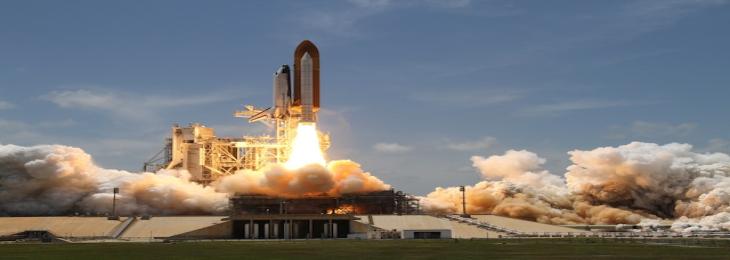
A new audit says that 'additional cost and schedule increases' are also possible.
The NASA Inspector General says the Space Launch System (SLS) rocket, which will deliver humans to the moon, is over budget and behind time. The paper warns of "additional cost and schedule increases" that could jeopardize the Artemis mission. The SLS system will cost $23.8 billion of the $93 billion Artemis Moon Program until 2025. NASA has experienced "over six years of schedule delays and cost increases of over six billion dollars" since their initial predictions, the document states.
Four RS-25 engines, sixteen from defunct Space Shuttles, launched the Space Launch System (SLS) in November 2022. NASA will switch to Aerojet Rocketdyne's RS-25E engines, which are 30% cheaper and 11% more powerful, when its present supply runs out. Northrop Grumman makes solid rocket boosters. NASA's budget is not supported by outdated technologies. The audit shows that related variables like the belief that using legacy technology from the Space Shuttle and Constellation missions would save money and time compared to developing new SLS systems caused these increases. "These increases are the result of interrelated factors," the research reads. Designing, implementing, and integrating new systems with existing components was harder than expected.
Costs and scope have delayed five of sixteen engine improvements and the booster contract. Artemis cost $4.4 billion and delayed deployment by five years. Inspector General "Cost-plus" contracts allow vendors to overspend. Research shows fixed-price hiring and procurement issues. NASA accepted all eight ideas. The Constellation program's 2020 moon and Mars return inspired Artemis. Critics slammed the Obama administration for ending a job guarantee program. The NASA Authorization Act of 2010 requires the SLS and repurposing Constellation technology, contracts, and staff. Private space companies must collaborate. SpaceX's Starship can take astronauts to Mars and the Moon. The spaceship exploded during the maiden orbital launch, destroying the surrounding ecosystems.






